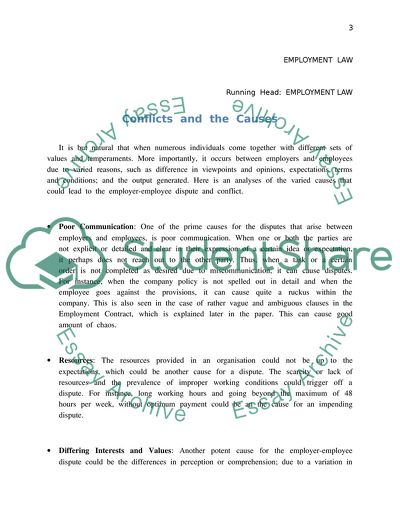Cite this document
(The Aspect of Disputes and the Success of the Employment Law in Coursework, n.d.)
The Aspect of Disputes and the Success of the Employment Law in Coursework. https://studentshare.org/law/1709020-employee-relations-assignment
The Aspect of Disputes and the Success of the Employment Law in Coursework. https://studentshare.org/law/1709020-employee-relations-assignment
(The Aspect of Disputes and the Success of the Employment Law in Coursework)
The Aspect of Disputes and the Success of the Employment Law in Coursework. https://studentshare.org/law/1709020-employee-relations-assignment.
The Aspect of Disputes and the Success of the Employment Law in Coursework. https://studentshare.org/law/1709020-employee-relations-assignment.
“The Aspect of Disputes and the Success of the Employment Law in Coursework”. https://studentshare.org/law/1709020-employee-relations-assignment.


